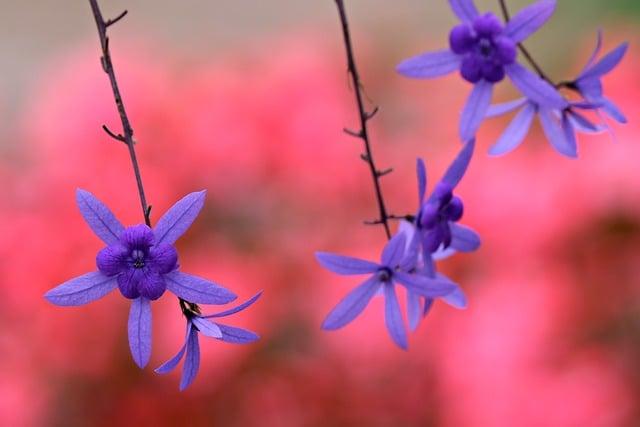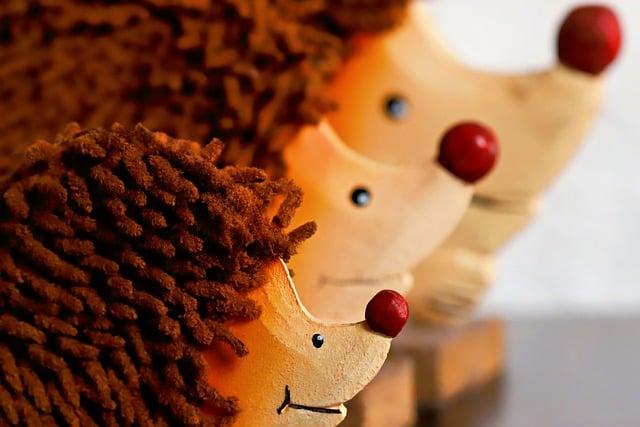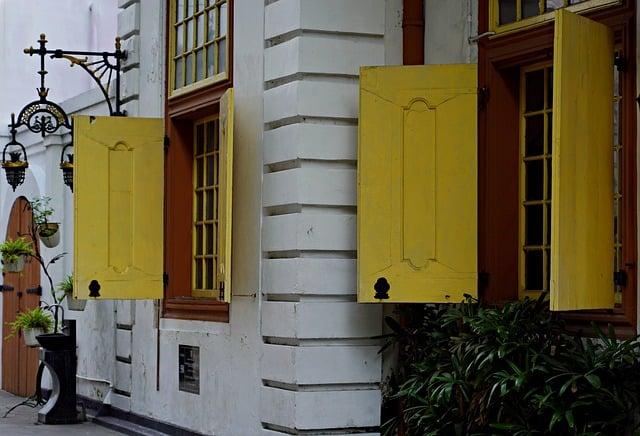In a quaint village, a young girl named Elara discovered an ancient wreath hidden in her grandmother’s attic. Intrigued, she learned that the wreath symbolized unity and the cycle of life. Each leaf represented a season, while the circular shape signified eternity. Inspired, Elara decided to weave her own wreath, inviting friends to contribute leaves from their gardens. As they crafted together, laughter filled the air, and the wreath became a vibrant tapestry of their shared stories, reminding them that life, like the wreath, is a beautiful circle of connection.
Table of Contents
- The Historical Significance of Wreaths in Various Cultures
- Exploring the Symbolism of Wreaths in Celebrations and Mourning
- Crafting Your Own Wreath: A Personal Touch to Tradition
- Choosing the Right Materials and Designs for Meaningful Wreaths
- Q&A

The Historical Significance of Wreaths in Various Cultures
Throughout history, wreaths have served as powerful symbols across various cultures, embodying themes of victory, honor, and remembrance. In ancient Greece, laurel wreaths were awarded to victors of athletic competitions, signifying not only personal achievement but also the glory of the city-state they represented. Similarly, in Roman culture, wreaths made of oak leaves were bestowed upon military commanders, symbolizing bravery and valor in battle. These circular arrangements of foliage, often adorned with flowers or other natural elements, have transcended their original purposes, evolving into universal emblems of celebration and commemoration.
In many cultures, wreaths are intricately linked to seasonal celebrations and rituals. For instance, during the winter solstice, evergreen wreaths are crafted to symbolize eternal life and the cyclical nature of the seasons. In Christian traditions, the Advent wreath, with its four candles, represents the anticipation of Christ’s birth, while in some Indigenous cultures, wreaths are used in ceremonies to honor ancestors and the natural world. The circular shape of the wreath itself, devoid of a beginning or end, reinforces the idea of continuity and connection, making it a poignant symbol in various cultural narratives.

Exploring the Symbolism of Wreaths in Celebrations and Mourning
The circular shape of a wreath, with no beginning or end, embodies the concept of eternity and the cyclical nature of life. In celebratory contexts, such as weddings and holidays, wreaths are often adorned with vibrant flowers and greenery, symbolizing **joy**, **prosperity**, and **new beginnings**. They serve as a reminder of the beauty of life and the connections we share with one another. The act of hanging a wreath on a door or wall invites guests to partake in the festivities, creating an atmosphere of warmth and welcome. The colors and materials used can also convey specific meanings; for instance, red and green wreaths during Christmas evoke feelings of **hope** and **renewal**, while floral wreaths at weddings signify **love** and **commitment**.
Conversely, wreaths take on a more somber significance in times of mourning. Traditionally crafted from evergreen branches, they symbolize **everlasting life** and the enduring memory of those who have passed. During funerals, wreaths are often placed on graves or displayed at memorial services, serving as a poignant tribute to the deceased. The use of white flowers, such as lilies or roses, can represent **purity** and **peace**, while darker hues may reflect the sorrow of loss. In this context, wreaths become a powerful emblem of remembrance, connecting the living with the memories of their loved ones, and offering a sense of closure and comfort in the face of grief.
Crafting Your Own Wreath: A Personal Touch to Tradition
Creating your own wreath is not just an artistic endeavor; it’s a way to infuse your personal story into a time-honored tradition. Each element you choose can reflect your unique style and the memories you cherish. Consider incorporating materials that hold significance for you, such as:
- Seasonal foliage: Use branches and leaves that remind you of a favorite season.
- Color themes: Select colors that resonate with your home decor or personal aesthetic.
- Sentimental items: Add ornaments or trinkets that tell a story or commemorate special moments.
As you weave together these components, you’re not just crafting a decorative piece; you’re creating a symbol of your journey and values. The circular shape of the wreath represents eternity and the continuity of life, while the materials you choose can signify various aspects of your experiences. By personalizing your wreath, you transform it into a meaningful expression of your identity, making it a cherished addition to your home that invites conversation and reflection.

Choosing the Right Materials and Designs for Meaningful Wreaths
When crafting a wreath that resonates with personal significance, the choice of materials plays a pivotal role. Natural elements such as **dried flowers**, **twigs**, and **evergreen branches** not only evoke a sense of connection to nature but also symbolize the cycle of life and renewal. Incorporating materials like **ribbons** or **fabric** can add texture and color, allowing for a more personalized touch. Consider using items that hold sentimental value, such as **family heirlooms** or **seasonal decorations**, to create a wreath that tells a story and reflects your unique journey.
Design is equally important in conveying the intended message of your wreath. Opt for shapes and arrangements that align with the occasion or sentiment you wish to express. For instance, a circular design represents eternity and unity, while asymmetrical arrangements can convey a sense of spontaneity and creativity. Color choices also play a significant role; **warm tones** can evoke feelings of comfort and joy, while **cool hues** may impart tranquility and peace. By thoughtfully selecting both materials and designs, you can create a wreath that not only beautifies your space but also serves as a meaningful symbol of your values and experiences.
Q&A
-
What does a wreath symbolize?
A wreath typically symbolizes victory, honor, and remembrance. It has been used throughout history in various cultures to represent achievement and celebration.
-
Are there different meanings for wreaths in different cultures?
Yes, wreaths can have diverse meanings across cultures. For example, in ancient Greece, a laurel wreath represented victory in athletic competitions, while in Christianity, a wreath can symbolize eternal life.
-
What occasions are wreaths commonly used for?
Wreaths are often used for various occasions, including:
- Holidays (like Christmas)
- Funerals and memorials
- Weddings and celebrations
- Seasonal decorations
-
How can I incorporate wreaths into my decor?
You can incorporate wreaths into your decor by:
- Hanging them on doors
- Using them as centerpieces
- Displaying them on walls
- Creating seasonal themes with different wreaths
the wreath stands as a timeless emblem, weaving together threads of history, culture, and emotion. Whether adorning a door or gracing a memorial, its circular form invites reflection on life’s cycles and the beauty of remembrance.

大家好,我是彼得潘,專業的手法身體治療師。我喜歡探索和研究各種主題,並透過與人工智慧的合作分享專業、實用、有趣的文章。我們定期進行人工審核,以確保內容的準確性。如果您發現文章中有任何不準確的地方,請隨時與我們聯繫,我們會及時糾正。您可以透過 [email protected] 與我們聯繫。



